To grow healthy and vibrant plants, gardeners need more than just sunlight, water, and good soil; they need a strong understanding of plant nutrition. The three primary nutrients essential to plant growth are nitrogen (N), phosphorus (P), and potassium (K), collectively known as NPK. This article explains why these nutrients are vital for plant health and how understanding NPK can lead to a thriving garden.
What is NPK?
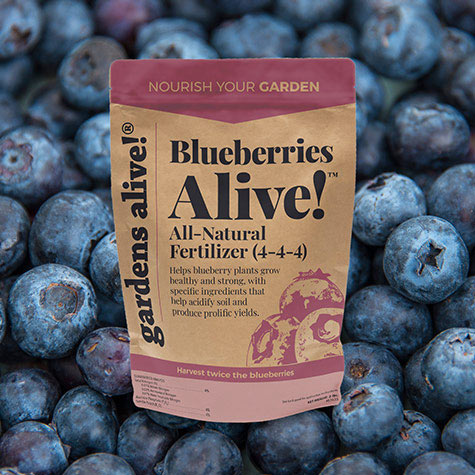
NPK stands for nitrogen (N), phosphorus (P), and potassium (K), the three essential nutrients in fertilizers that contribute to different aspects of plant growth. Fertilizers are commonly labeled with an NPK ratio, showing the percentage of each nutrient in the product. For example, our Blueberries Alive! Fertilizer (pictured above) features a 4-4-4 ratio, meaning it contains equal parts nitrogen, phosphorus, and potassium. Knowing the NPK values helps gardeners select the right fertilizer to meet specific plant needs.
The Role of Nitrogen (N)
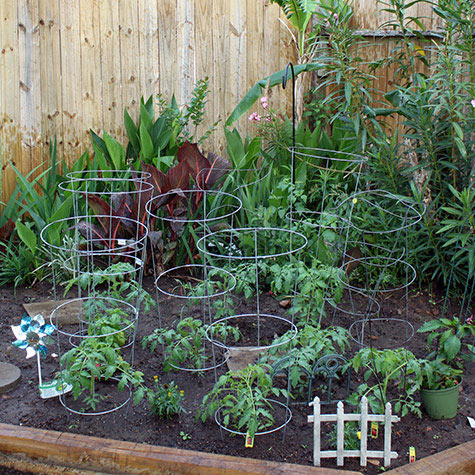
Nitrogen is crucial for plant growth, especially for the development of lush, green foliage. It plays a significant role in photosynthesis by aiding chlorophyll production, which allows plants to capture sunlight and convert it into energy.
Signs of nitrogen deficiency include yellowing leaves and stunted growth, especially in leafy vegetables like lettuce and spinach. However, too much nitrogen can cause excessive foliage at the expense of flowers and fruit production. Understanding the right balance of nitrogen is key for achieving the best results in the garden.
The Role of Phosphorus (P)
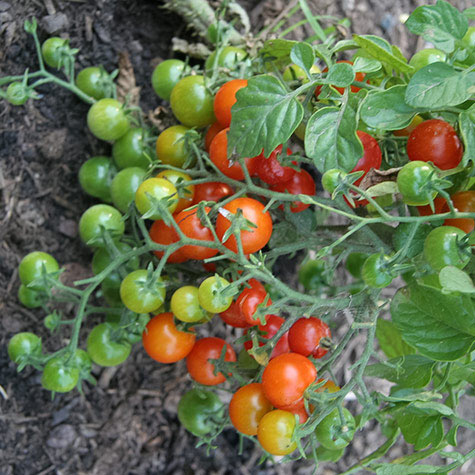
Phosphorus supports root development and is essential for strong, healthy plants. It also contributes to flowering, seed formation, and fruit production, making it vital for plants like tomatoes, peppers, and flowers.
A phosphorus deficiency may result in weak root systems, reduced flower production, and purple-tinged leaves. Plants with strong root systems are better equipped to absorb water and nutrients, which is why adequate phosphorus levels are critical for the overall health of the garden.
The Role of Potassium (K)
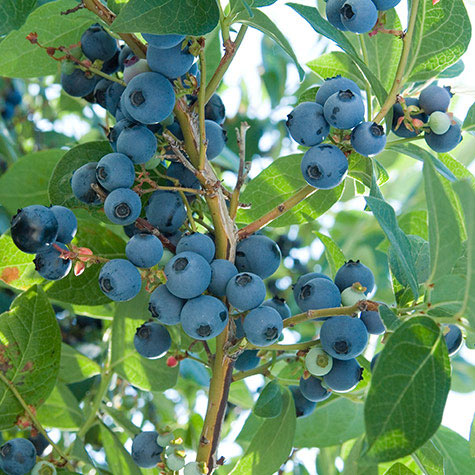
Potassium, often called the “stress fighter,” helps plants resist disease and withstand extreme weather. It enhances overall plant vigor, aids in nutrient transport, and contributes to flowering and fruit development.
Potassium deficiency may cause browning or yellowing along leaf edges and weak stems. For fruit-bearing plants, such as cucumbers and berries, potassium is especially important for producing healthy, flavorful fruit. Balancing potassium levels ensures plants are resilient and able to produce high-quality yields.
Choosing the Right NPK Ratio for Your Garden
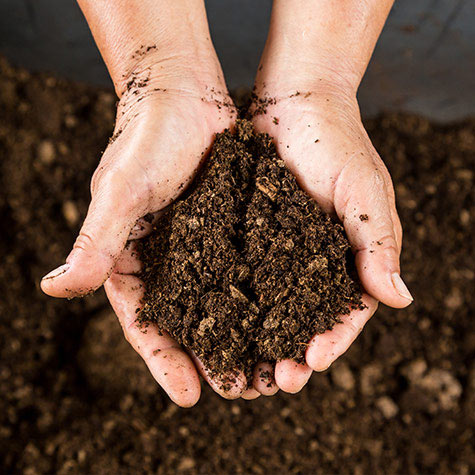
Selecting the right NPK ratio depends on the plants you are growing and their specific nutrient needs. For example, leafy greens benefit from higher nitrogen levels, while root vegetables thrive with more phosphorus. Many flowering plants, including fruiting vegetables, need a balanced NPK ratio with a slight emphasis on potassium.
Testing soil to determine existing nutrient levels can help gardeners understand what type of fertilizer is needed. This way, they can avoid nutrient imbalances that could harm plant health and yield.
Empower Your Garden with NPK Knowledge

Understanding the roles of nitrogen, phosphorus, and potassium in plant health can make a significant difference in garden success. By learning how these nutrients support plant growth, gardeners can make informed choices about fertilizers, promote vibrant plants, and ultimately enjoy a thriving garden.

